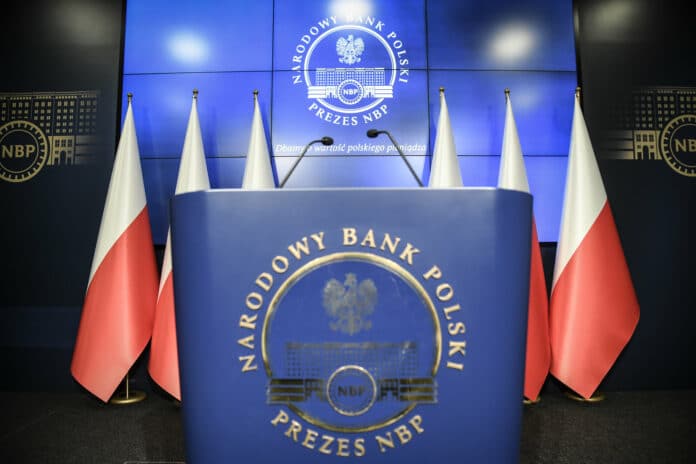The National Bank of Poland (NBP) has purchased gold for the seventh consecutive time. The purchases in October were about $1.75 billion larger than the previous ones. According to the World Gold Council’s data for the third quarter of this year, Poland is now the second-largest buyer of this metal, with only China ahead.
Since April, the NBP has continued its strategy of securing the country’s financial stability by systematically increasing its monetary gold reserves. Since the beginning of the year, the value of monetary gold in the Polish treasury, expressed in USD, has increased by over 55%. Poland now possesses almost 340 tons, having added 6.2 tons in October’s purchases.
These purchases not only increased the country’s financial safety buffer but also brought the NBP closer to achieving the goal set by its president of having 20% of its foreign exchange reserves in gold. At the end of October, the NBP’s reserve assets were worth just under $177 billion, with gold making up $21.83 billion. This amounts to over 12%.
Undoubtedly, owning gold increases the country’s security level. Foreign analysts often point out that these relatively large gold purchases are also related to the fact that Poland has its own currency, which is susceptible to fluctuations during market turmoil, which is currently abundant – notes Aleksander Pawlak, CEO of Tavex. Gold also provides a certain level of independence, as it is not tied to credit risk, nor directly to the economic policy of a particular country. Therefore, a state with large gold reserves is more credible in the eyes of investors and lenders – he adds.
As the latest data from the World Gold Council show, the trend of gold purchases is also continued by other countries. Central banks collectively bought 337 tons in the third quarter of this year, making up 800 tons purchased since the beginning of the year, with the NBP playing a significant role. In the penultimate quarter of the year, the largest buyers were the People’s Bank of China (78 tons) and the National Bank of Poland (57 tons).
If this situation remains unchanged and countries continue to increase their gold reserves, this year, once again, may prove to be historic in terms of central banks’ gold reserves. However, much will depend on the last quarter of this year, as the historically high level of purchases in Q4 2022 may be difficult to surpass.
As it turns out, central banks are still eager to increase their reserves. However, the reason behind their active purchases is concerning. Are they preparing for some negative geopolitical events? – wonders Tomasz Gessner, chief analyst at Tavex. Or perhaps for another round of impact on the purchasing power of fiat currencies, which would occur in the event of a return to monetary policy easing, which, incidentally, is already happening globally? Or maybe it’s a safeguard against serious changes in the monetary system, in which gold will play, not for the first time in history, a significant role? – he adds.


















